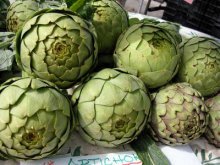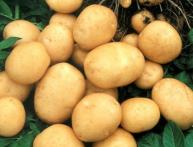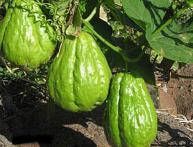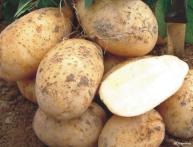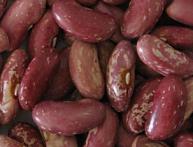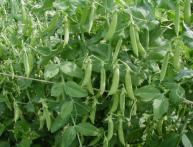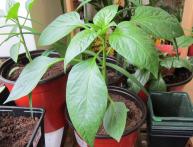A Practical Guide to Growing Artichokes from Seeds

Artichoke is not the most popular vegetable in our country, however, it is quite normal to find this plant in the gardens of amateur vegetable growers. Initially, this perennial crop was grown as a decoration, and only after some time the artichoke began to be consumed as a vegetable.
The untrained eye may confuse an artichoke with a thistle. These plants are representatives of the same Asteraceae family. The edible parts of the artichoke are the unopened inflorescences, which must first be cleared of spines and hard core.
Various dishes and sauces are prepared from them: they are boiled, stuffed and preserve. Artichoke is a healthy vegetable; it contains nutrients and vitamins needed in the diet. It also has medical indications for various diseases.
Juices, decoctions and tinctures are produced from it. The most interesting thing is that, despite this, in the countries of South America and Australia the artichoke is destroyed as a malicious weed.
Content:
- Variety of artichoke varieties
- Royal conditions for an aristocratic vegetable
- Sowing and growing artichoke
Variety of artichoke varieties
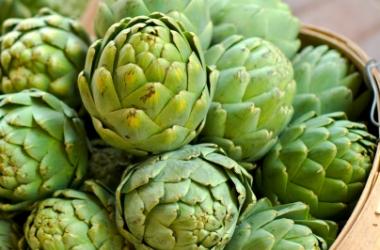
There are different types of artichoke, of which only a third are edible.To determine belonging to a particular variety, you should pay attention to such criteria as: spines on the leaves (their presence or absence), diameter and type of bush, shape of the receptacle (oval, round, etc.), its size, color of the plant (shades of green or purple).
All varieties are logically divided into two categories:
- Early: they are grown in early spring, or even later.
- Late: work on growing these varieties begins already at the end of autumn. After the winter holidays, work begins again until the end of spring.
Sometimes intermediate - middle varieties are distinguished. The most common edible varieties is a cardon (better known as a Spanish artichoke) and a true (prickly) artichoke.
Royal conditions for an aristocratic vegetable
On the territory of our country, the artichoke is more of an exotic plant than an ordinary one. Artichoke dishes have been considered a delicacy since Tsarist times. This aristocratic vegetable is quite capricious to the weather.
In order for the artichoke to grace your table for many years, it needs a warm, dry climate. In unfavorable conditions, the artichoke will bloom for a maximum of two years, provided that in winter it is protected from frost.
The soil necessary for artichoke germination should be well fertilized. For this you can use compost or humus. The land also needs to be well cultivated. Artichokes do not like excessive waterlogging and high acidity.
If there is excess moisture and low temperatures, the roots may rot. However, lack of moisture can lead to a poor harvest: weak growth, small inflorescences and a rough receptacle. It is necessary to maintain a balance of light and moisture when planting this crop.
Sowing and growing artichoke
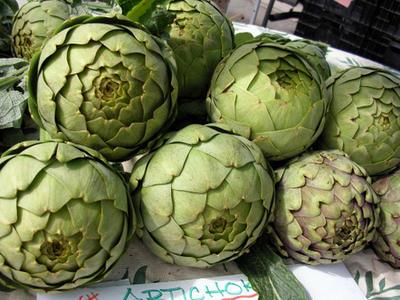
Propagation of this crop is possible by dividing the roots or planting seeds. If the first method is more problematic, due to the fact that artichoke seedlings are not so easy to obtain, then the seeds of this plant can be bought at any seed shop.
If you decide to sow artichoke seeds in your garden, then you need to follow some instructions.
Well prepared land. As already mentioned, artichokes are quite capricious to soil conditions. The soil should be well cultivated and fertilized in the fall, and organic and mineral fertilizers should be applied.
Spring training. A few weeks before sowing, the soil must be well loosened. Small holes are dug in leveled and fertilized beds. Each hole is fertilized with ash or humus. With such a preparatory process, the harvest promises to be rich and fertile.
Sowing is done in late spring - early summer, when the soil is sufficiently warm. Place two or three seeds in the treated holes and cover with a small layer of soil.
A more effective method is to obtain seedlings from seeds. With this method, artichokes begin to bear fruit in the first year.
The seeds are first, preferably two weeks before sowing, placed in water (one to one) for a day. Then the seeds are kept in a soaked cloth until they germinate.
On average it takes a week. With the arrival of spring seeds are sown in boxes with treated soil (a mixture of earth, sand and humus). You need to wait in a room at room temperature until they hatch.
When the white roots on the seeds are clearly visible, they need to be placed in ice; the refrigerator will also work. Thus, we harden the seeds. The main thing in this procedure is to avoid freezing of the seeds.
The seeds are again placed in boxes with the soil mixture and kept at room temperature. When leaves appear, the seeds should be placed in cups or pots.
You should sow seedlings in the ground with full confidence that the ground has warmed up and the frosts have passed. Seedlings are convenient if artichokes are grown for propagation.
This method requires more effort and expense than the conventional sowing method.
As for caring for artichokes, you should remember to regularly water them with quite a lot of water.
Don’t forget to loosen the soil between the rows and pull out the weeds. Can be influenced external fertilizing, which not only contribute to a rich harvest, but also prevent the appearance of various pests.
It is possible to harvest artichokes at the moment the first signs of opening of the inflorescences appear. Since the artichoke ripens unevenly, the heads can be collected before the first frost. In the southern parts of the country, the artichoke is left to overwinter after first protecting the plants from the cold.
How to grow an artichoke in your garden:
Interesting information about the vegetable garden

